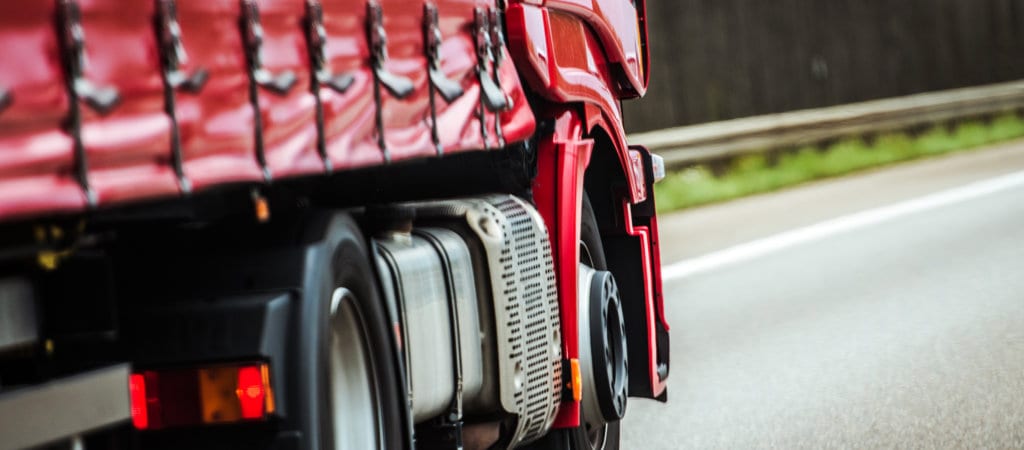The primary use of trucks is to transport massive loads from one place to another. Have you ever wondered why we use tarpaulins? It is to protect loads from different external hazards like a fierce wind, heavy rainfall, dirt particles, etc.
The use of tarpaulins is an essential skill truck drivers should have, especially the flatbed trucks. There are complications while doing it, so there’s the need for careful steps on how to go about it. Some reasons why tarping is a complicated process includes:
- The tarpaulin used to cover loads on an 18-wheeler truck is very heavy and difficult to handle.
- The tarpaulin will weigh nothing less than 150 pounds, making it difficult to fold and unfold.
- Improper tarping causes fatal falls of goods, damage to fragile loads, and breakdown of the truck.
- The truck driver is open to highway accidents if the traps are not safely keyed to a lock or tied down.
What Goods Require Tarping?
Different types of goods require tarps. The common types of loads that require tarps are machinery, metal equipment, construction materials, drilling and mining instruments, bulk products from industries, bikes, and cars, etc.
Sometimes, we can have mixed loads on the truck. Some will be fragile; some will not be. The same way some require tarping, some do not. We can tarp some or most of the load; the driver will do this. The driver will arrange the loads in a way that the ones that require tarping will be on one side, then the others on another side. To avoid accidents, key the tarped products correctly.
Buying credible tarpaulins is essential. If you deliver goods on time, but your goods get damaged due to low-quality tarps, your work might not be recognized.
Major problems of tarping
The major problem of tarping is WIND. The wind might be necessary for other things but is a disadvantage for tarping. Wind disturbs you when you tarp your truck; it flaps against the cargo or flaps out to the atmosphere. Sometimes, you have to wait for the action of the wind to cease before you carry out the tarping unless it might result in a slacked tarping.
Another problem of tarping is the shape of the cargo. Some loads have definite form e.g., boxed products, while some have indefinite shape e.g., complex machines. The more definite the shape is, the easier it is to tarp the truck.
Steps to Tarp Your Trailer
The first step when trying to tarp your trailer is to park it in a shielded environment. If you can’t get a shielded place around, look for a space near a tall building or big plantation. These towering structures serve as a wind block for you when trying to fix the tarps. Without the wind, tarping is still hard. So try to remove the effect of wind to reduce the problems you are facing.
The next thing is to arrange your load orderly to ensure the weight of the pack is distributed evenly on the truck. It’s vital for easy tarping and smooth movement of the trailer on the road. Make sure the loads maintain the same height on the trailer for proper balancing. Ensure the sharp ends of the cargo are not in contact with the tarps because it can create holes in it.
When you get the load arranged, use a forklift to put the tarp on the pack. A forklift is an instrument used to move materials from one place to another, mostly short distances. If you can’t get a forklift where you are, you are going to need human help in tarping your trucks. Never arrange your load so high that you need a ladder to tarp your vehicle.
Some trucks come with ratchet straps, if yours is one of them, key them to the metal bar tightly. Loose tarps can cause a lot of damage.
How to Remove the Tarps
Removing tarps require a careful procedure. Don’t carelessly pull it off the cargo. Wear safety gear while removing tarps and remove gently due to sharp ends of freight (if there are any). Allow the wind to be of help here to flap the tarp. If there is no wind, you can make some flaps yourself; it helps in removing it also.
The weight of the tarp is not going to make it easy for you to remove. Gently fold or roll the tarp on the cargo, use a forklift to pick it, and transport it away from the truck. If there is no forklift, employ the use of a suitable ladder as discussed in the previous sub-topic.
All truck drivers must learn the tarping and tarps removal process. It ensures the safety of the driver, maintains the excellent condition of the load, and prevents accidents too.


